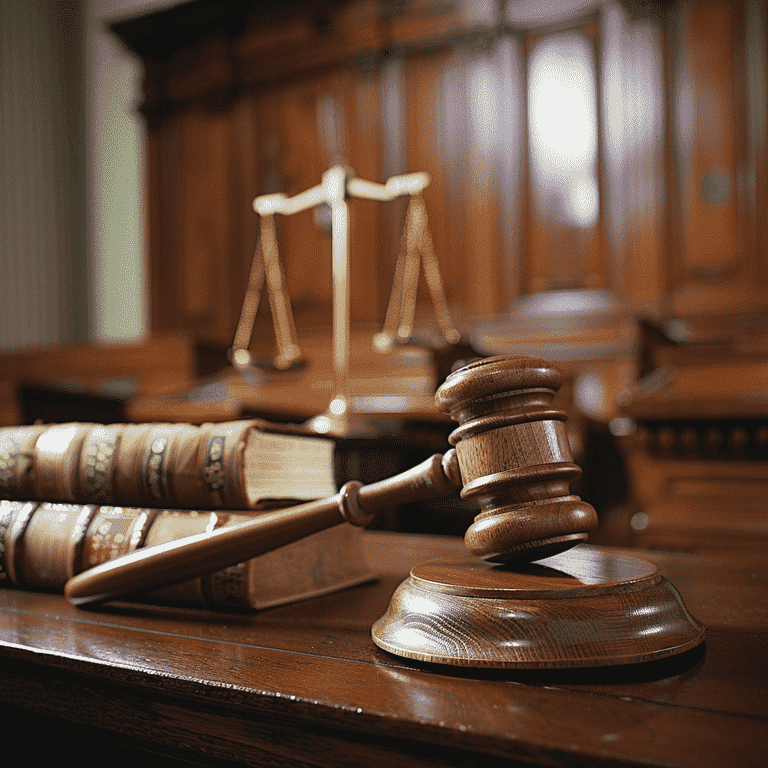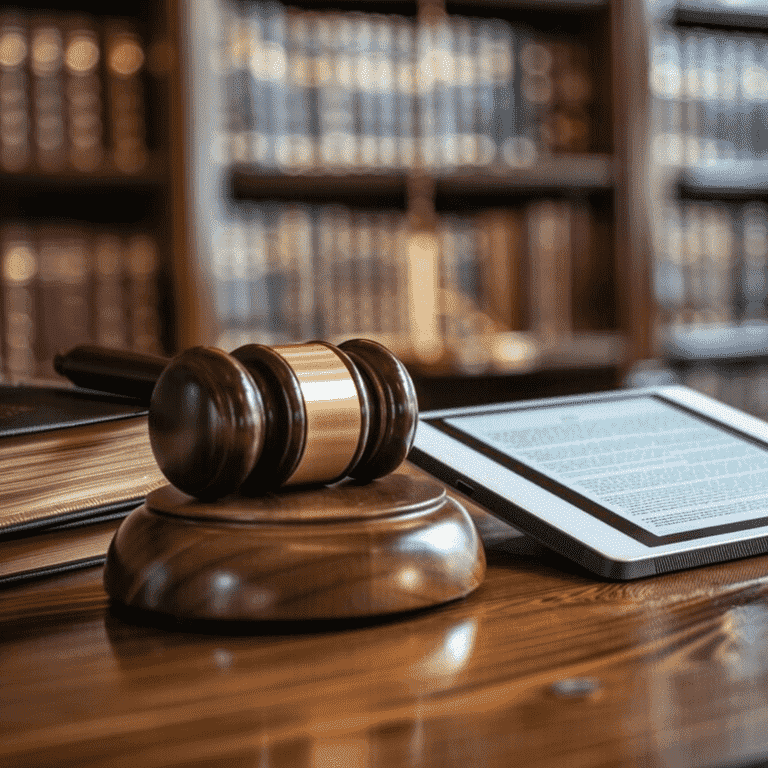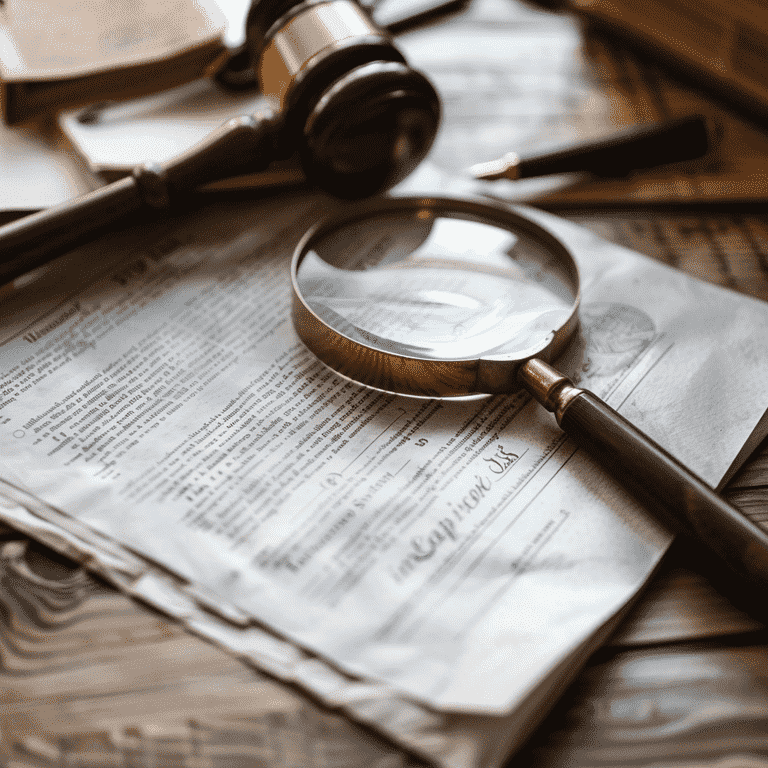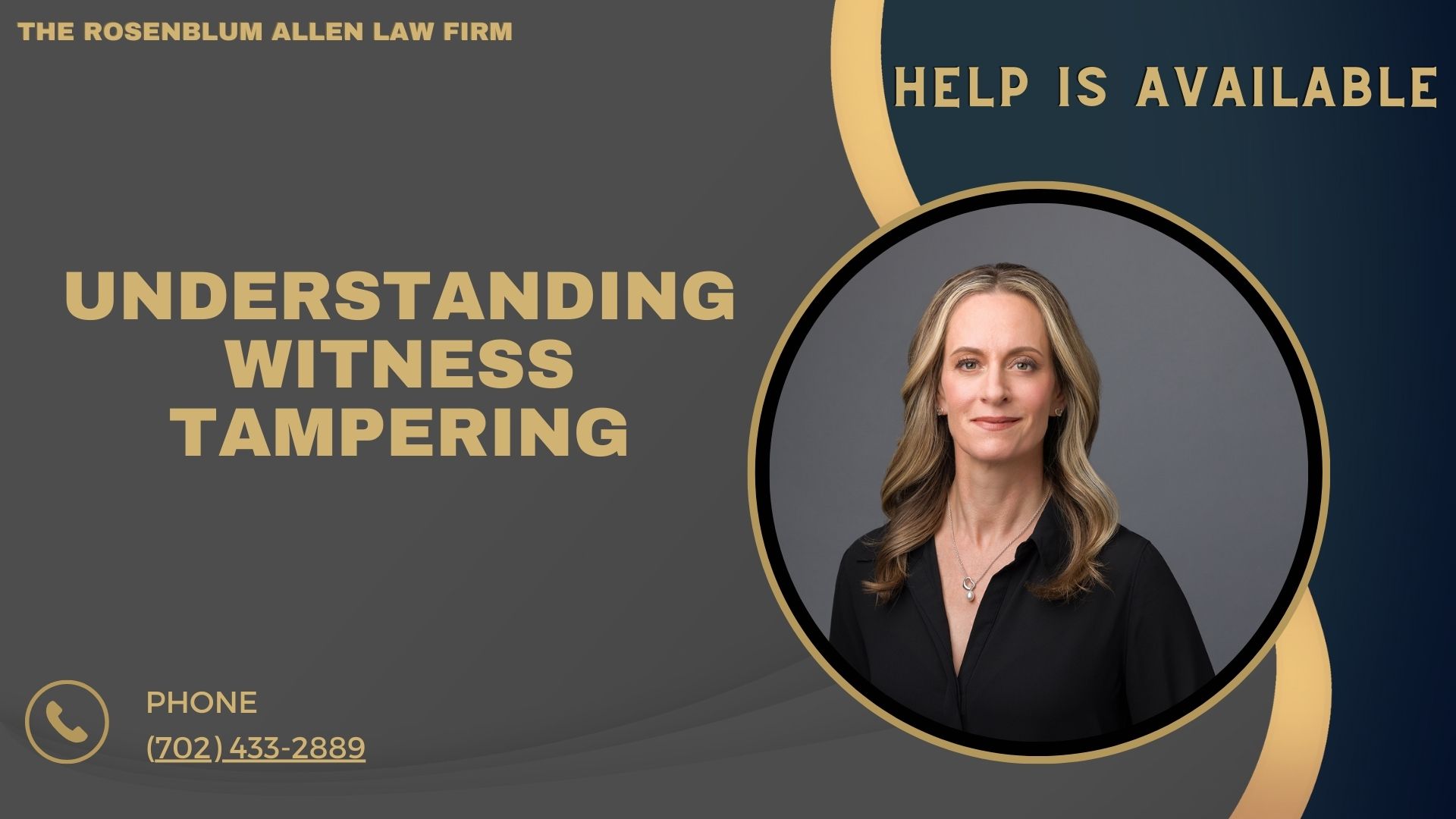Witness tampering is a critical issue that undermines the integrity of judicial proceedings. Witness tampering involves any attempt to alter, influence, or stop witness testimony. It occurs in legal proceedings. These actions can have a big impact. They affect not only individual cases but also trust in the legal system. This article will explore what is witness tampering. It will also cover the laws made to combat it. And it will cover the severe harm it can cause for the legal process and those involved.
What is Witness Tampering?
Definition and Legal Framework
Witness tampering is influencing a witness’s testimony or cooperation. It is improper in a criminal case or legal proceedings. Various means, such as persuasion, intimidation, or bribery, can achieve this. Both federal and state laws outline the legal framework for addressing witness tampering. They provide guidelines on what counts as tampering and the involved penalties.
Common Forms of Witness Tampering
Persuasion or Intimidation
Persuasion: Subtle hints or overt suggestions to encourage a witness to alter their testimony to benefit one side in a legal dispute.
Intimidation: This can range from verbal threats to aggressive tactics designed to instill fear or coerce a witness into silence or false testimony.
Bribery
It offers money or other benefits in exchange for false or withheld testimony. This can include promises of safety, financial rewards, or other incentives.
Physical Threats or Violence
Threatening a witness with harm is the worst form of tampering. Threats are made against them or their loved ones. This method is not only illegal but also morally reprehensible and heavily prosecuted.

Legal Provisions Against Witness Tampering
Federal Laws on Witness Tampering
The main federal law on witness tampering is Section 1512 of Title 18, United States Code. It outlines many forms of tampering. These include causing injury or using force to intimidate or persuade a witness. The law also covers the destruction or concealment of physical evidence.
State Laws and Variations
The principles are similar. But, states may have variations in handling witness tampering. State laws typically address the following aspects:
Methods of witness tampering: State laws specify what constitutes illegal influence, including direct threats, indirect insinuations, or the physical destruction of evidence.
Penalties: Depending on the severity and the state, penalties can range from fines to long-term imprisonment.
This section has covered the basics of witness tampering. It has covered its definitions and the laws to prevent it. As we continue, we’ll look at how to spot witness tampering. We’ll cover its consequences and how the legal system handles it.

Identifying Signs of Witness Tampering
Recognizing witness tampering signs is crucial. It safeguards legal integrity. Here are some common indicators:
Behavioral Changes in Witnesses
Reluctance to Speak: Witnesses may suddenly appear hesitant or fearful about testifying.
Inconsistent Statements: Look for changes in their story or details that seem rehearsed or unnatural.
Unusual Communication Patterns
Frequent Contact with Opposing Parties: Unexpected or secretive interactions can be a red flag.
Receipt of Gifts or Money: Unexplained financial gains might suggest bribery attempts.
Reports of Threats or Bribes
Direct Reports: Witnesses may directly report being approached with offers of money or other benefits.
Witnesses Seeking Help: Some may seek legal or police protection due to feeling unsafe.
Recognizing these signs early can stop tampering. It protects the witness’s ability to provide truthful testimony.
Consequences of Witness Tampering
Witness tampering has severe consequences. It affects both the legal process and the people involved.
For the Legal Process
Impact on Trial Integrity
Compromised Evidence: Tampering can lead to unreliable or tainted evidence being presented in court.
Delayed Justice: Trials can be prolonged as courts struggle to establish the facts.
Effects on Case Outcomes
Unjust Convictions or Acquittals: The wrong person may be convicted or a guilty party acquitted, undermining justice.
For the Perpetrator
Criminal Charges
Severity of Charges: Charges can range from misdemeanors to felonies based on the tampering method and impact.
Potential Penalties and Sentencing
Fines: Can be substantial, often proportional to the severity of the tampering.
Imprisonment: Sentences can extend to several years, particularly for violent or repeated offenses.
The stakes are high, and the repercussions of witness tampering stretch far beyond the immediate legal outcomes, potentially altering lives and eroding trust in the judicial system.

Handling Witness Tampering
Addressing witness tampering requires a proactive approach. It must protect witnesses and keep legal integrity.
Preventative Measures
Protection Programs for Witnesses
Police Protection: In high-risk cases, police surveillance or protection may be provided.
Relocation Services: Temporarily relocation might be necessary for highly vulnerable witnesses.
Secure Communication Channels
Encrypted Communications: Ensuring that all communications between witnesses and legal teams are secure can prevent interception and manipulation.
Legal Responses
Investigation Processes
Gathering Evidence: Law enforcement agencies prioritize gathering concrete evidence of tampering attempts.
Witness Interviews: Detailed interviews can help uncover any undue influence exerted on witnesses.
Prosecution of Tampering Cases
Legal Proceedings: Perpetrators of witness tampering are prosecuted vigorously to deter future offenses.
Publicizing Penalties: Highlighting cases and penalties serves as a deterrent to others considering similar actions.
By understanding the signs, consequences, and ways to handle witness tampering, stakeholders can better protect the legal process and ensure justice is served. Witness tampering affects the individuals directly involved and the foundation of legal fairness and public trust in the justice system.

Case Studies on Witness Tampering
Studying specific cases of witness tampering can show how it works and its results. Here, we look at historical and recent cases. We want to understand their impact and the legal responses.
Historical Examples
Notable Legal Cases Involving Witness Tampering:
Watergate Scandal (the 1970s): A classic example where U.S. government officials were involved in extensive efforts to silence witnesses.
Enron Corporation Trial (2000s): Witness tampering was a component of the broader misconduct that led to the company’s collapse.
Recent Cases
Outcomes and Legal Precedents:
State vs. John Doe (2018): A business magnate was convicted of bribing witnesses to secure favorable testimony in a corporate fraud case.
People vs. Smith (2020): A local politician faced severe penalties for intimidating a key witness in a corruption trial.
These cases show many tampering methods. Legal systems take them seriously to prevent and punish such crimes.

Resources and Support
We must stop witness tampering. We can do this by giving resources and support to witnesses and lawyers. Here’s how individuals can access help and information:
Legal Resources for Witnesses
Legal Advice: Lawyers can guide rights and protections available to witnesses.
Support Services: Counseling and support groups help witnesses cope with the stress of legal proceedings.
Contact Information for Legal Assistance
Hotlines: Dedicated phone lines for reporting threats or suspicious activities.
Websites: Government and non-profit organizations offer online resources and contact forms for assistance.

Breaking It All Down
Tampering with witnesses is a big threat to the justice system. It challenges the principles of fairness and truth. Society can better protect witnesses and uphold the rule of law. It can do this by understanding witness intimidation’s nature, recognizing its signs, and applying strict legal measures. This explores the definitions, consequences, and handling of witness tampering. It shows the importance of vigilance and proactive steps for keeping judicial integrity.
By fostering a fearless environment for witnesses, we support the foundation of our legal system. We also make sure that we not only serve justice, but also show that justice is being served. The commitment to fighting witness tampering is crucial. It preserves public trust and the efficacy of legal proceedings.

Frequently Asked Questions
Who should file for divorce first, and does it make a difference?
Yes, it can make a difference who files first. Filing first sets the tone and lets you choose the jurisdiction. This can help if you live in different areas. This control can provide a strategic advantage in how the divorce unfolds.
What are the main impacts of filing for divorce?
Filing for divorce impacts several key areas:
- Legal: It starts the official legal process and timelines.
- Financial: It may lead to immediate financial implications like temporary alimony or child support.
Emotional: It can escalate tensions or provide a sense of relief and a clear path forward.
Can the timing of filing for divorce affect the outcome?
Yes, timing can affect the outcome. For example, filing before you get a big asset, like a bonus or inheritance, can affect how they are divided. Also, filing when you can fully engage in the process without distractions, such as major work commitments or personal issues, might reduce your ability to manage the stress.
What should I prepare before filing for divorce?
Being prepared can significantly affect the divorce proceedings. Consider preparing the following:
- Financial documents: Gather documents like tax returns, bank statements, and investment records.
- A list of assets and debts: Know what you own, what you owe, and what might be considered marital or separate property.
Personal documentation might include prenuptial agreements, wills, and other legal documents that could influence the divorce.
How do I choose the right jurisdiction to file for divorce?
Choosing the right jurisdiction depends on several factors:
- Residency requirements: Most places require you to live there for a certain period before you can file.
- Legal advantages: Some jurisdictions might have more favorable laws regarding property division, alimony, or child custody.
Practical considerations: Filing where you live can make attending court dates easier.

Additional Resources for You
For those needing additional legal support, Molly Rosenblum Allen, Esq., has also developed a suite of resources to assist you during challenging times. Here are other areas where our firm can provide expert guidance and representation:
- Criminal Defense Attorneys: Expert defense services covering a wide range of criminal charges.
- Las Vegas DUI Lawyer: Specialized representation for DUI charges to help navigate the complexities of DUI law.
- Domestic Violence Lawyer Las Vegas: Compassionate and robust defense for those accused of domestic violence.
- Drug Possession Lawyer: Defense strategies for charges of drug possession, tailored to secure the best possible outcome.
- Sex Crimes Attorney: Sensitive and confidential handling of cases involving sex crime allegations.
- CPS Defense Attorney: Dedicated legal services for cases involving child protective services.
- Misdemeanor Lawyer: Assistance with misdemeanor charges to minimize their impact on your life.
- Las Vegas Warrant Defense Attorney: Expert legal advice for resolving outstanding warrants efficiently.
- Las Vegas Probation Violation Attorney: Representation for probation violations to help avoid severe penalties.
- Theft Crime Defense Lawyer: Defending against theft charges with a focus on achieving a dismissal or reduced charges.
- Kidnapping Lawyers: Legal expertise for kidnapping charges, ensuring a vigorous defense.
- Juvenile Defense Lawyers: Specialized defense services for minors facing criminal charges.
- Firearms Lawyer Las Vegas: Legal support for firearms-related charges, focusing on protecting your rights and freedom.
These resources were created to help you navigate your legal challenges with confidence, providing you with expert advice and representation tailored to your unique situation.

Outside Resources for You
American Bar Association (ABA): A valuable resource for finding general legal information, guidance on finding legal help, and articles on family law.
FindLaw: Offers a wide range of free articles on legal topics, including divorce and custody issues, written in an accessible manner.
National Domestic Violence Hotline: Provides confidential help and support for anyone affected by domestic violence, which can be a component of family law cases.
AVVO: Features legal advice, detailed articles, and the ability to ask questions directly to lawyers for free.
Justia: A comprehensive legal resource that includes free access to case law, codes, regulation and legal information, and community resources.
Psychology Today: While not a legal resource, it offers valuable insights into the psychological impacts of divorce and how to manage the emotional aspects of legal conflicts.
National Council of Juvenile and Family Court Judges: Provides a wealth of information regarding family court systems, including resources on divorce and custody issues.

A Special Message from Our Lead Attorney, Molly Rosenblum Allen, Esq

Thank you for taking the time to explore our resources. We hope you found the information helpful and insightful as you navigate your situation. If you have any questions or need personalized legal assistance, please don’t hesitate to call me and my team at (702) 433-2889. We’re here to help you take the next steps and provide the support you need.
Looking forward to hearing from you soon.
Best regards, Molly Rosenblum Allen, Esq.





